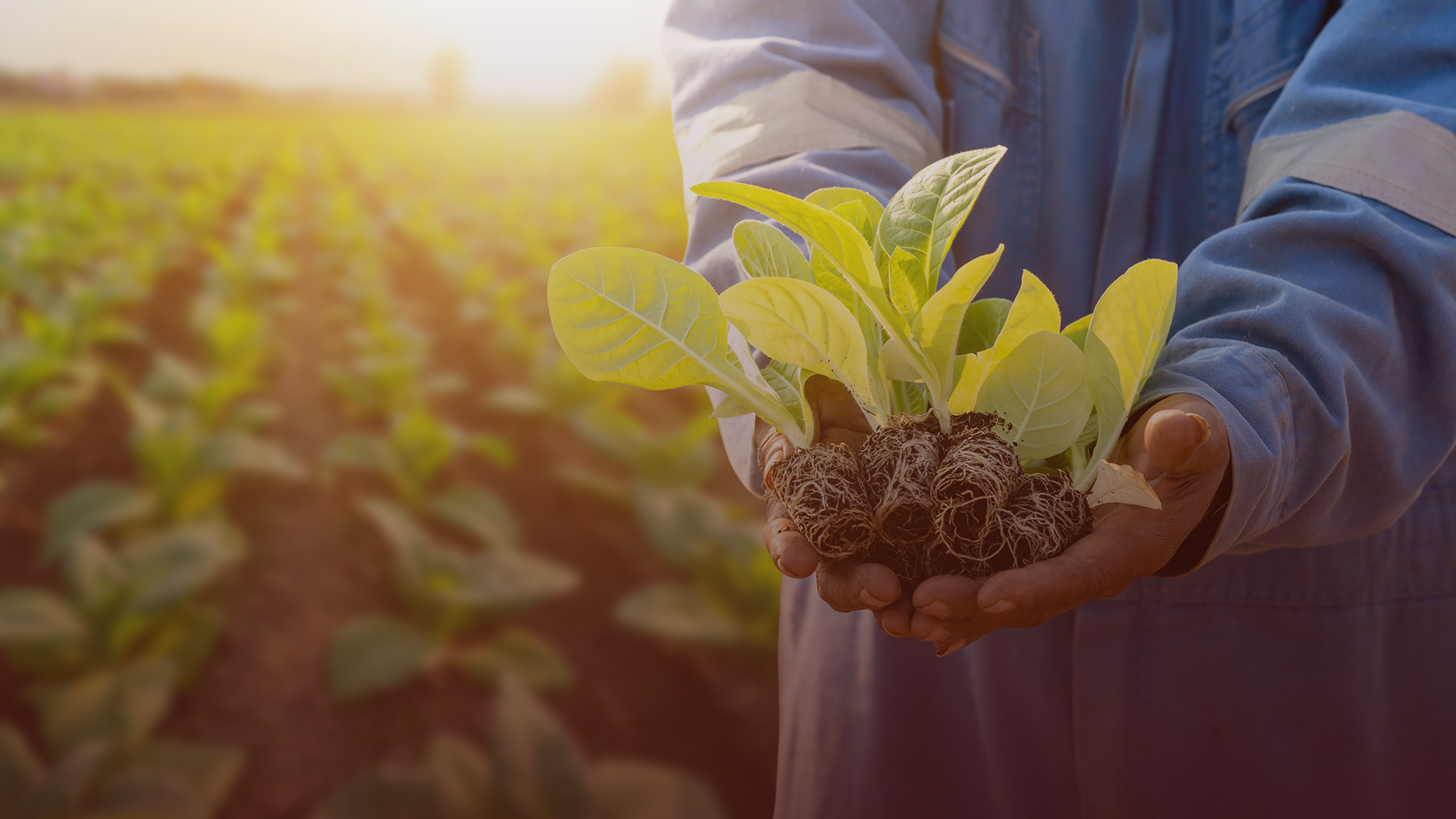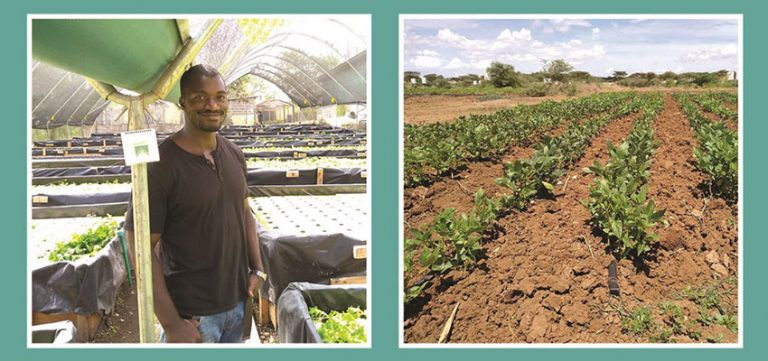Perspective: A Look at the Intersection of IOT, International Rural Farming, and Sustainability with Craig

Earlier this year one of our employees, Craig J., and 4 of his peers co-authored and published an article in the peer-reviewed journal Sustainability.
The article published, “A Review of Practice and Implementation of the Internet of Things (IoT) for Smallholder Agriculture” in Sustainability, was a review of research compiled by its authors on the use of IoT in precision agriculture in areas where there are limited resources. It details how this approach supports a more sustainable future for food production and takes a look at successful cases in low/middle-income countries, along with the challenges faced at implementing these systems and recommendations for specialists. We connected with Craig to discuss this topic and gain some insight into his part in the project and gained further insight into some of the issues discussed in the article.
Our first question is about your involvement in this project. What got you interested/involved in precision agriculture and its connection to IOT? How did you come to help author this article?
Craig: A few years back, the U.S. Global Development Lab at USAID started a collaboration with the Feed the Future program in the Bureau for Food Security that was looking at opportunities for digital technology in agriculture. We called it D2FTF — Digital Development for Feed the Future. I wasn’t part of the D2FTF team, and the D2FTF initiative was always intended to be temporary.
When the team disbanded, they needed someone to help get this project finished and asked me because of my team’s work with other emerging technologies. I really enjoyed working with the MIT team on this, and they asked me to get involved when they started turning their USAID-funded work into an academic publication.
Your article described some of the devices used and methods for data extraction and movement using IOT, including connectivity issues. What design features are important for devices like this to be successful in the challenging conditions faced by farmers in rural areas?
Craig: Battery life was one of the real pain points, especially for their interviewees in Kenya. Part of the issue was that high-quality batteries weren’t as readily available on the Kenyan market, so battery life was never as good as advertised just because of the cheap batteries.
More importantly, it’s really crucial to experiment and iterate until something works. They had a photograph that I really loved of a sensor attached to a solar panel covered with metal spikes. Apparently birds really liked to land on the solar panels, and before long they’d get covered in guano and the sensor would stop working. Instead of a bigger or more efficient solar panel, what they really needed was something to keep the birds off.
How can countries such as the U.S. also learn and benefit from small scale precision farming? Do we have these types of programs running here at home to boost our own sustainability?

Craig: I think it’s pretty unlikely that we’ll be using the exact same technological solutions, just because there’s such a difference in affordability. Farmers in a lot of developing countries are operating on a few dollars a day — when you have to make a choice between buying technology and buying food, you’re going to demand a big return on investment for that technology. That means that those markets will tilt toward “small data” — measuring only what you absolutely need. American farmers have more wiggle room to take a “big data” approach, collecting all kinds of information that might turn out to be valuable later on.
On the other hand, the general approach of small-scale precision farming is very relevant in the U.S. If you look at organizations like GOAT (Gathering for Open Agriculture Technology), they tend to be dominated by researchers and farmers from the U.S. and Europe — there’s a lot going on, and people definitely are looking to technology to help with some of our food issues.
Do you think future platforms/builds for the devices and networks used in precision agriculture and IOT will be most effective and practical if they are based on one large scale unified system/technology with good coverage? Or will technology for this need to be more personalized on a case by case basis for each community?
Craig: I suspect we’ll see more standardization over the long term. For now, though, we’re still seeing a lot of experimentation, and it’s probably premature to expect unified systems. One of the key challenges that we heard over and over is that just collecting a lot of data doesn’t necessarily mean that people know what to do about it. There’s a lot more work to do to figure out the causal relationships between measured data, plant health, and farming practices.
How can the IOT and technology field as a whole assist their peers in places that need support and lack resources?
Craig: One of the big takeaways for me is that policy shapes the environment for innovation. For example, a lot of the companies experimenting with IoT solutions for smallholder farmers are based in India. One of the reasons for this is that mobile data is relatively cheap in India — about $0.26 for 1GB, compared to $2.73 in Kenya. The price of data has a lot of influence on how many sensors you can set up, what kind of data you can collect, and whether you can really market your system to farmers. The price of data is influenced by telecom regulation, market competitiveness, and that sort of thing. So if you go to a place like Equatorial Guinea, where 1GB of data will cost you more than $50, even the best technology won’t have a chance. Of course, you need the engineers to do the experiments and get the technology working, but you also need the policy and market people to shape an environment where they can succeed.
